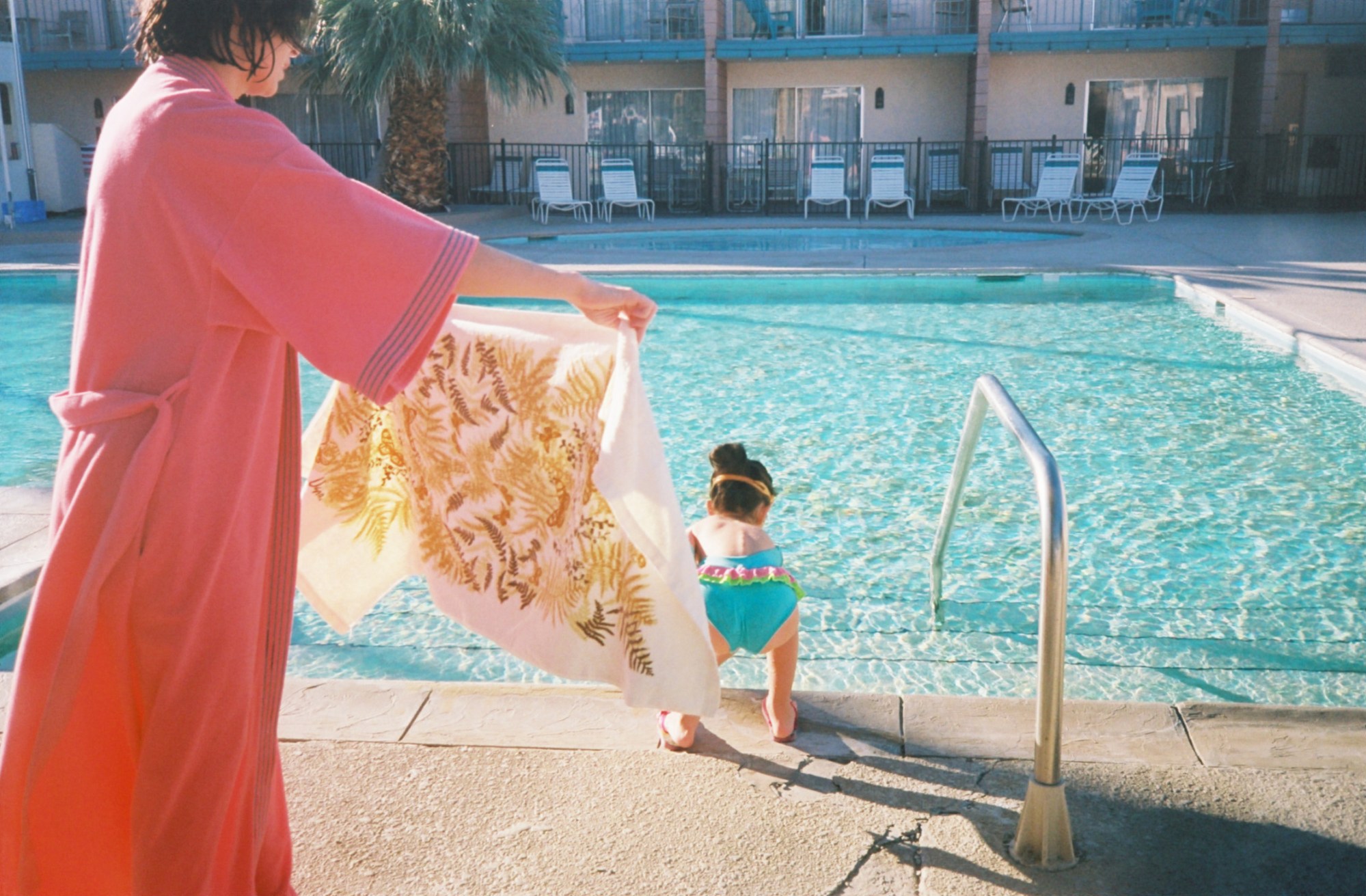Diana Markosian has travelled far and wide with her camera. In her projects and assignments for The New Yorker, National Geographic Magazine and The New York Times, the photographer has learnt to uncover the marks left behind by a place or a person in the wake of profound change. But after 10 years of finding these stories far afield — Chechnya, Bosnia and Herzegovina, Cuba to name a few — for her debut monograph, Diana instead considers her own place in the world.
Born in Russia, just before the Soviet Union collapsed, her early years were split between Armenia, where her father kept an apartment, and Russia, where her parents had emigrated to study and work. At seven, she and her mother and brother left for the USA, finding a new home in Santa Barbara — a city made famous back in Russia by an American soap opera of the same name that broadcast there — with an older man her mother met via a classified ad. Separated from her father, who remained in Russia, it wasn’t until 15 years later that the pair would reunite.
But it’s Diana’s mother – the woman who took her two children across the world in search of something more – that informs the narrative of this story. The book, Santa Barbara (and its accompanying exhibition at the San Francisco Museum of Modern Art, opening in February 2021) mixes together a number of different formats — staged images that recreate moments from the TV show, real film stills and old family photos — to paint a picture of Diana’s youth through her mother’s eyes.
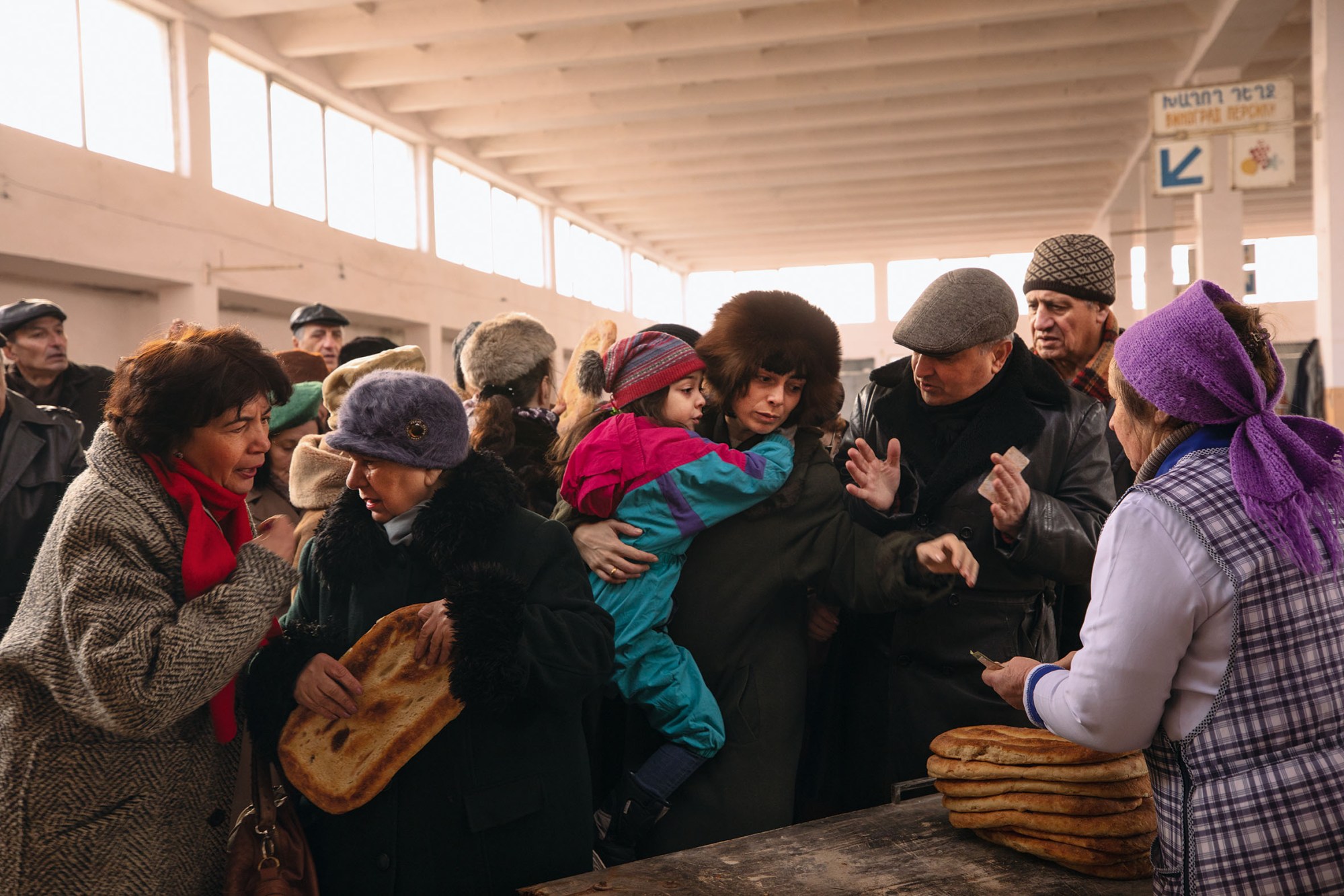
What was it like arriving in America from Russia in 1996?
In many ways, it felt like a dream. I didn’t know we would be leaving Russia. My mom woke me up in the middle of night, told me to pack my belongings and said we were going on a trip, and then we arrived in America. It was like a fairytale. I remember standing at the airport in Los Angeles, and seeing palm trees, and all these characters passing by me wearing khaki shorts, bright shirts and sneakers. I had never seen anything like it. I found myself in a culture, and country, I had very little in common with.
Was there a specific moment that it began to feel like home?
I am not sure if I know what that feeling is, even now. Home to me has always felt like a distant concept. It’s something I’ve been able to make for myself wherever I am; yet it’s not one specific place. I guess what surprises me now when I look back, is how much we normalised everything. Our life in Russia faded, along with my father, and nobody in my family really questioned it.
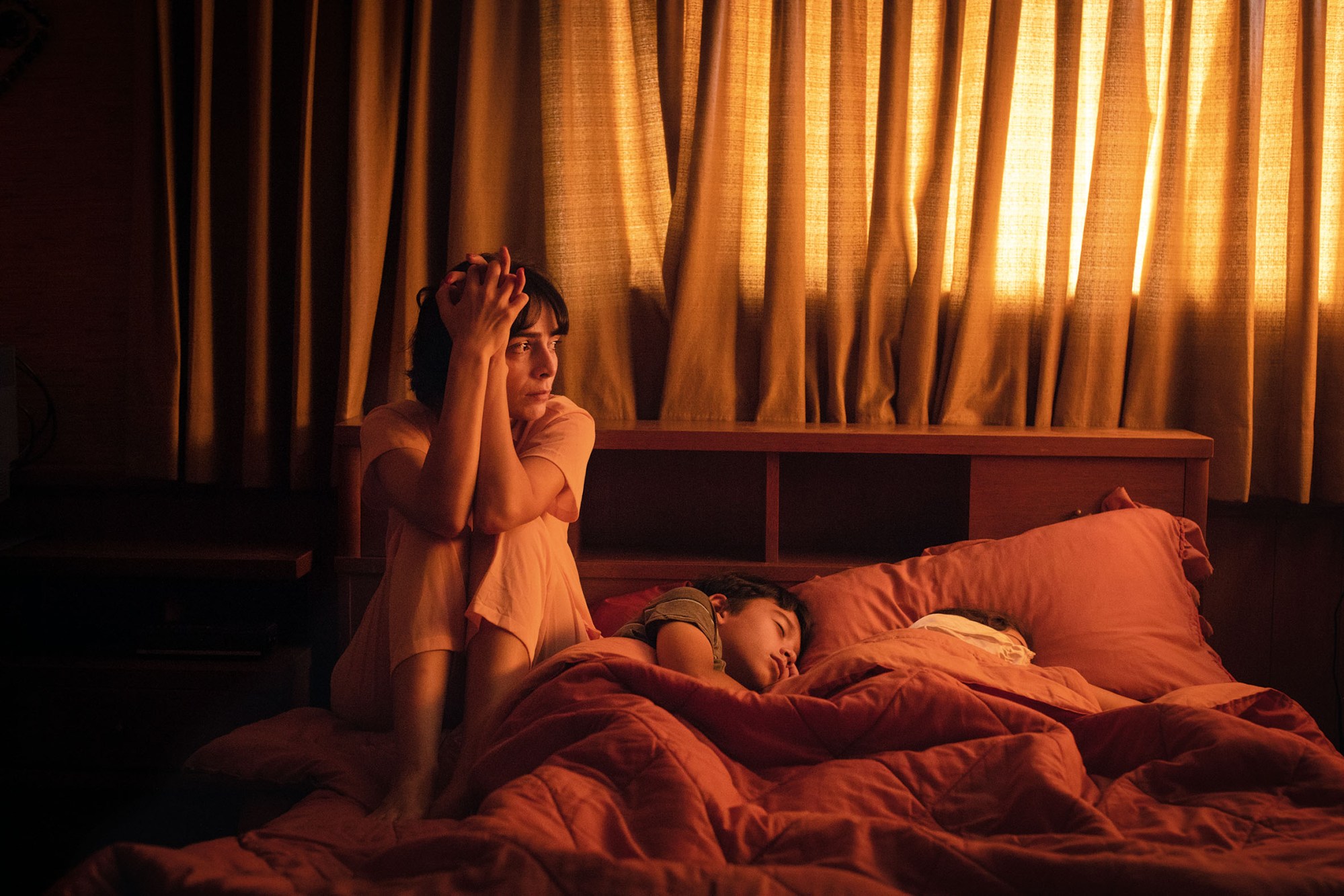
When did you begin taking photographs?
I started making images when I was 20. I entered my masters program at Columbia, wanting to become a writer, but found myself making images instead.
Do you remember the first images you took and what they were like?
It wasn’t so much about the first images, but really the feeling I had when I had a camera. I felt like I had a backstage pass to the world, and could experience life a little more intimately. Photography was the bridge. It allowed me to be vulnerable and to see things a bit differently.
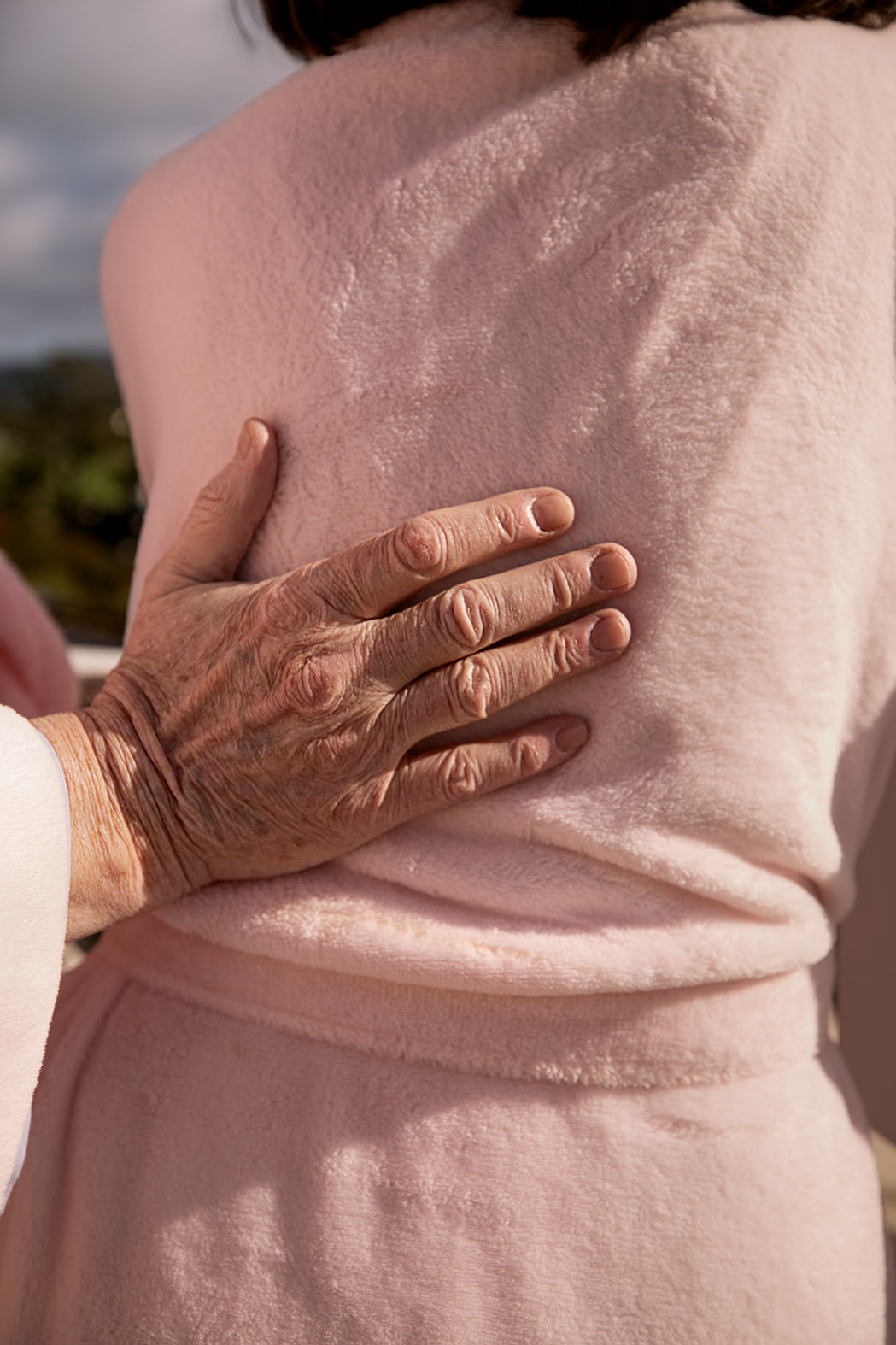
Years later, do you still find you’re motivated by the same impulses in your work?
I think my relationship with photography is changing. I am working much slower. The concepts are coming at a different pace. My motivation in my twenties was to see the world, while making work that really mattered to me. I remember living in Chechnya for two years, teaching myself how to use a camera, and creating a series of images on young girls who were coming of age in the aftermath of war. I am not sure I could make this series again. It’s not that my interests aren’t there, I’m just not sure if I would be the right person to create the work today. I think my work has grown with me, and has evolved as I’ve learned more about myself in the last 10 years. It’s much more introspective now.
To have arrived in America, succeeded academically, studied at two of its prestigious universities and pursued a successful career in the arts, is very much what many would label the ‘American Dream’ — what is your relationship with this term, and does the conventional idea so many hold of it actually exist?
When I think about the American Dream, it’s maybe this idea of a second chance that resonates with me. It’s what my mother found in America, and I guess what I am finding as well. The experience of coming to America, and the sacrifice we made, ultimately broke something deep in me. That will never leave me. In turn, I’ve learned to respond to life differently, knowing how fragile it all is. I guess in its own way, this project embodies the American Dream for me, as I’ve been able to confront my past, and have my own interpretation of it through art.
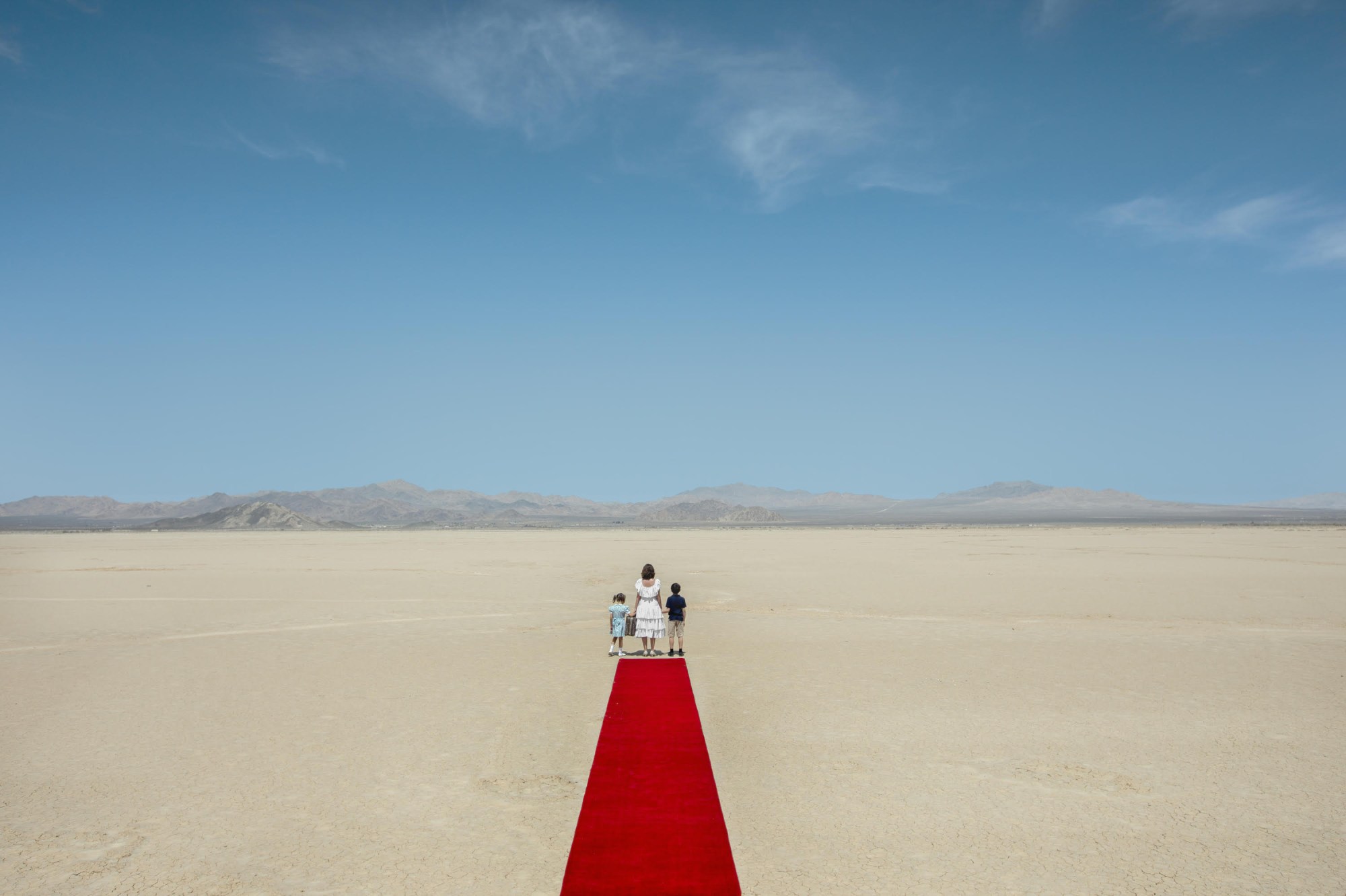
How do you present this tension in your work, Santa Barbara?
Santa Barbara, for me, is about a fantasy and the ultimate sacrifice one pays for it. My mother dreamed of a different life, for herself, for us, and then came the disappointment. Nothing really lived up to what she had imagined. It’s hard to reckon with this as a daughter. I am constantly shifting perspectives, seeing the story as a woman, director and a seven-year-old version of myself who is reliving a chapter of my childhood. This project is ultimately a time machine to the past, and that feels exciting and a bit painful to relive.
What have you learnt about yourself, or your family, from looking introspectively and creating a book of images out of this story?
I’ve understood that the idea of memory is beautiful until you’re confronting it, then it becomes a maze of perspectives. I realised this when I was interviewing my family, and found that we all had our own version of the story, and couldn’t really agree on what happened. As I created the screenplay, I had my family edit it. My mother would cross out my father’s lines, and vice versa. The truth of the story felt irrelevant. I was much more interested in how we collectively pieced it together.
Diana Markosian’s Santa Barbara is available to pre-order from Aperture.
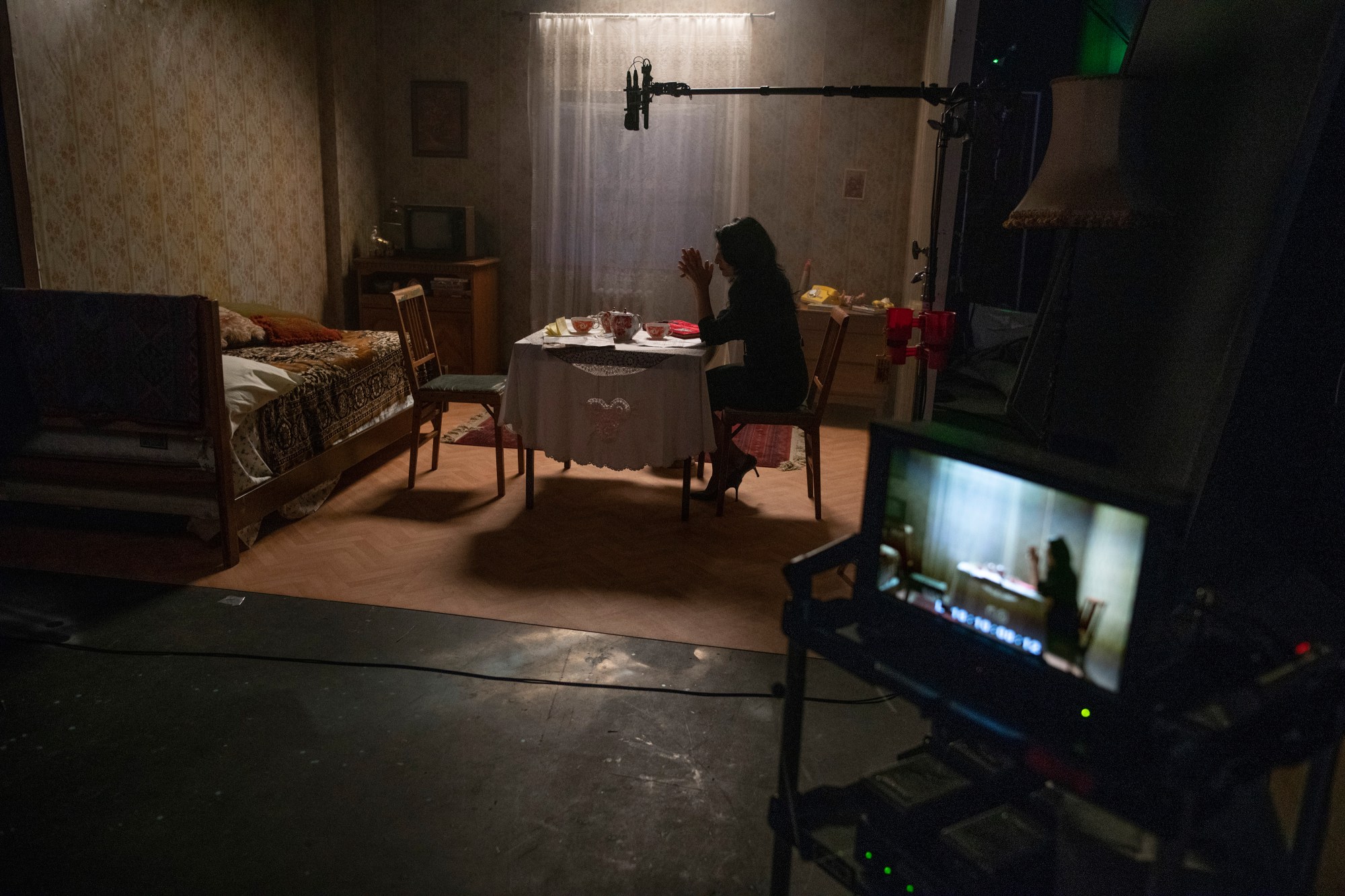
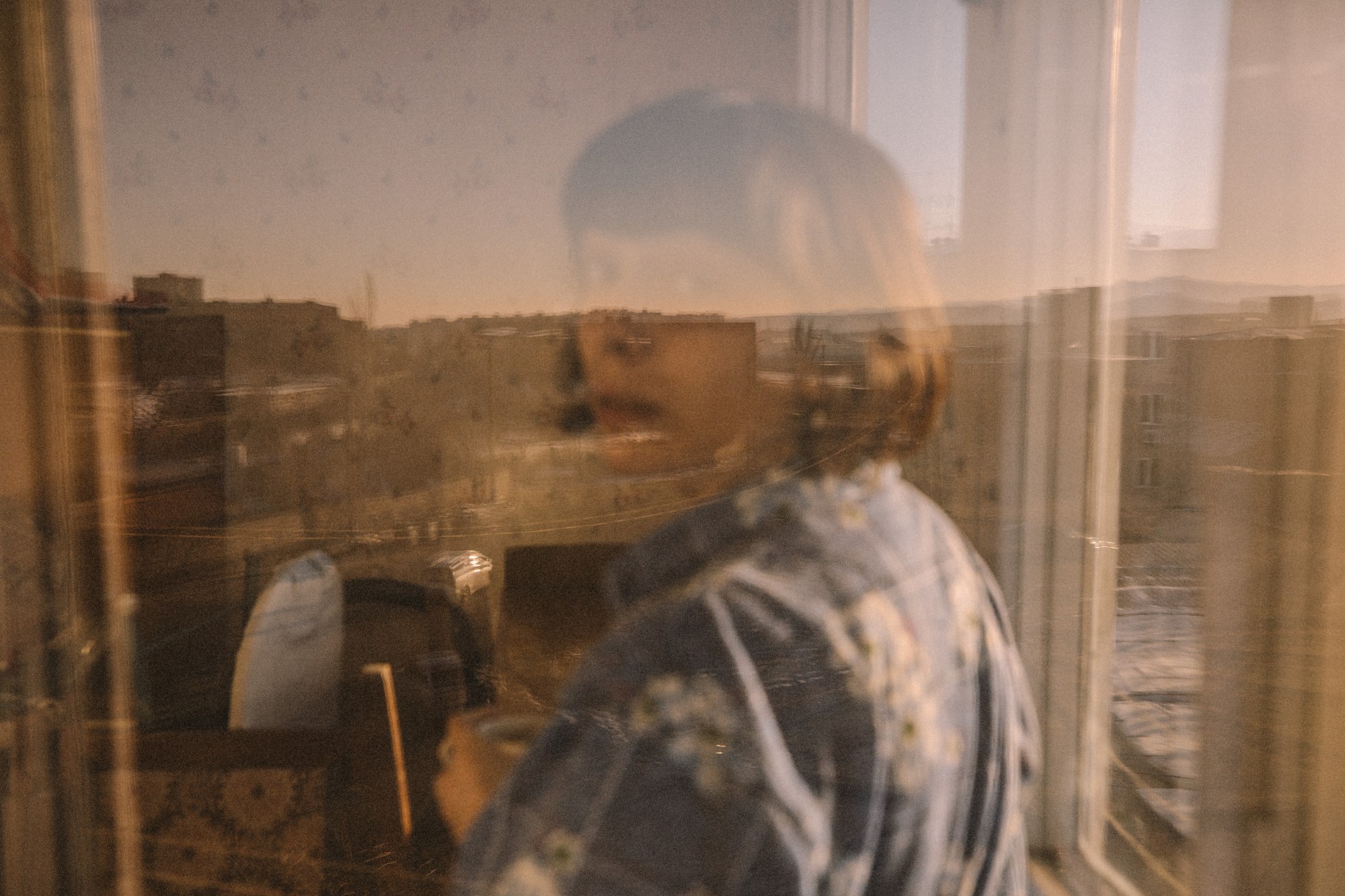
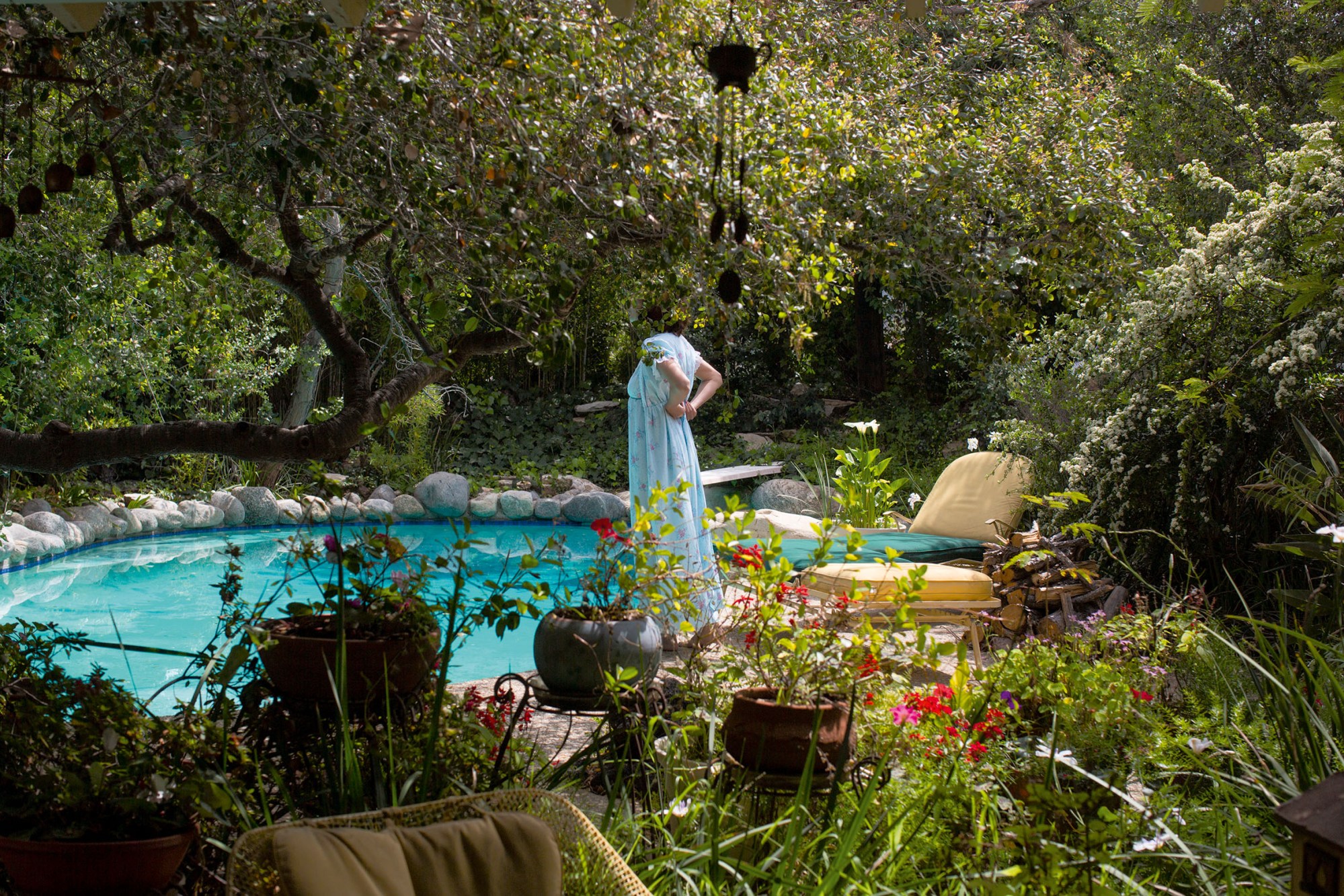
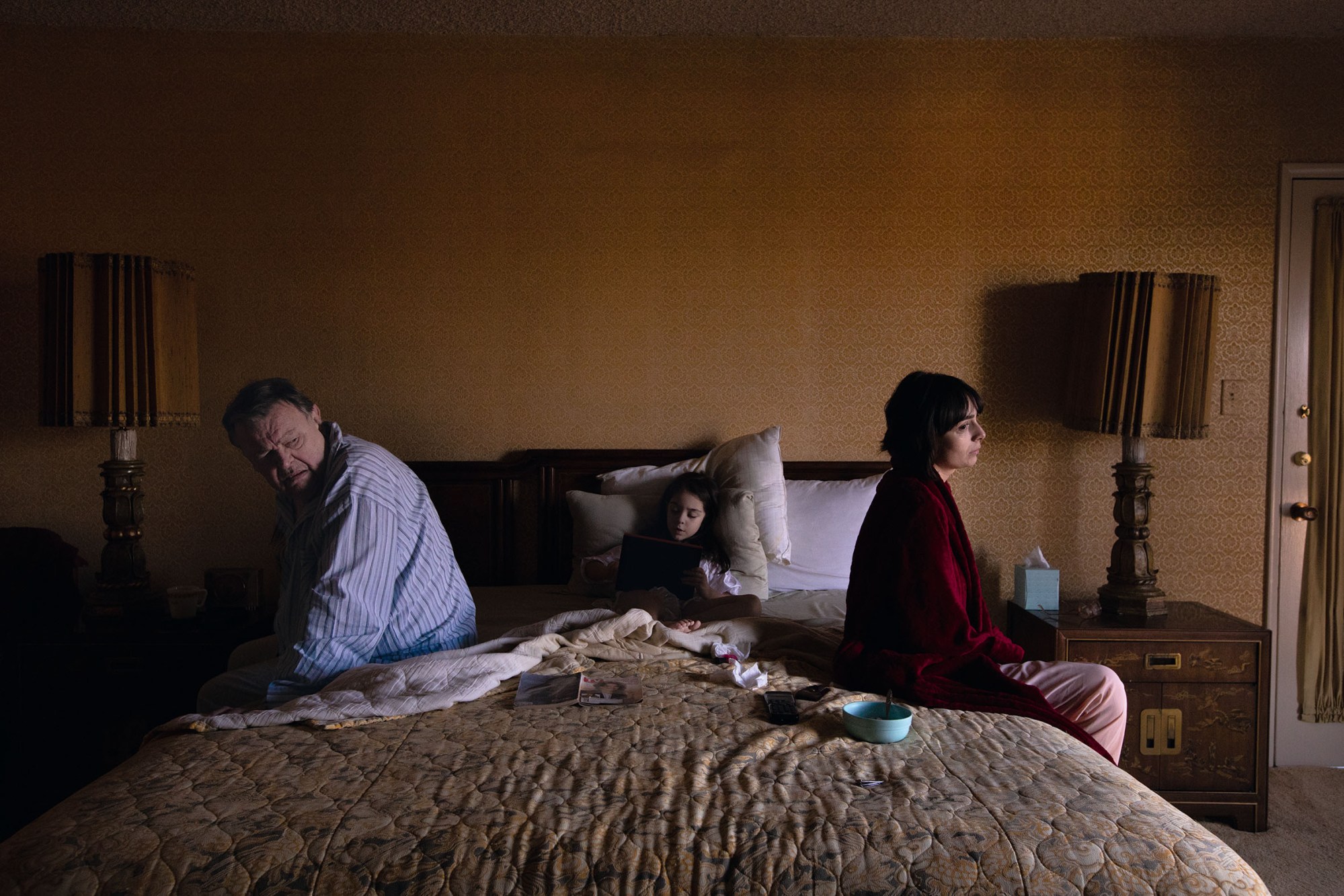
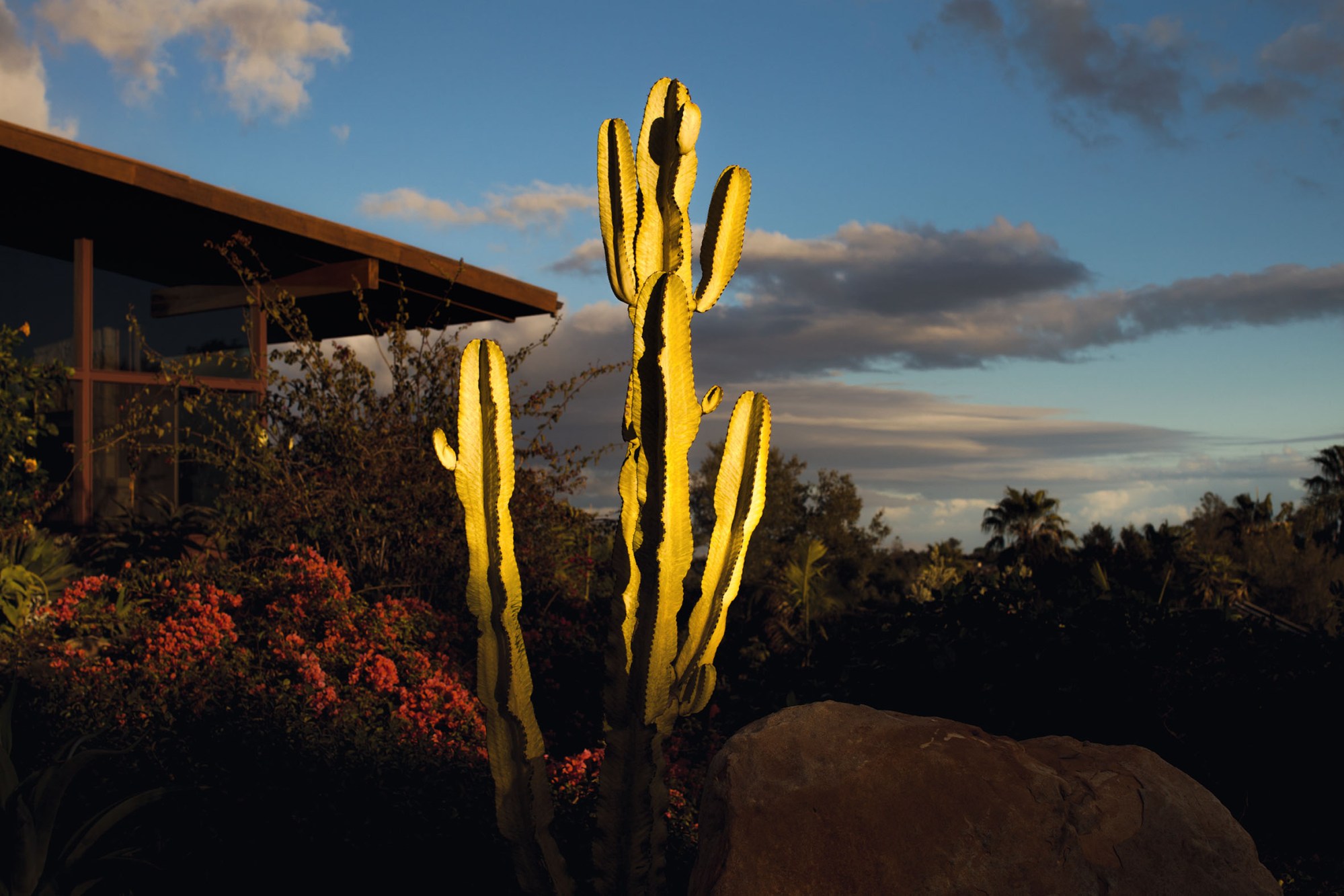
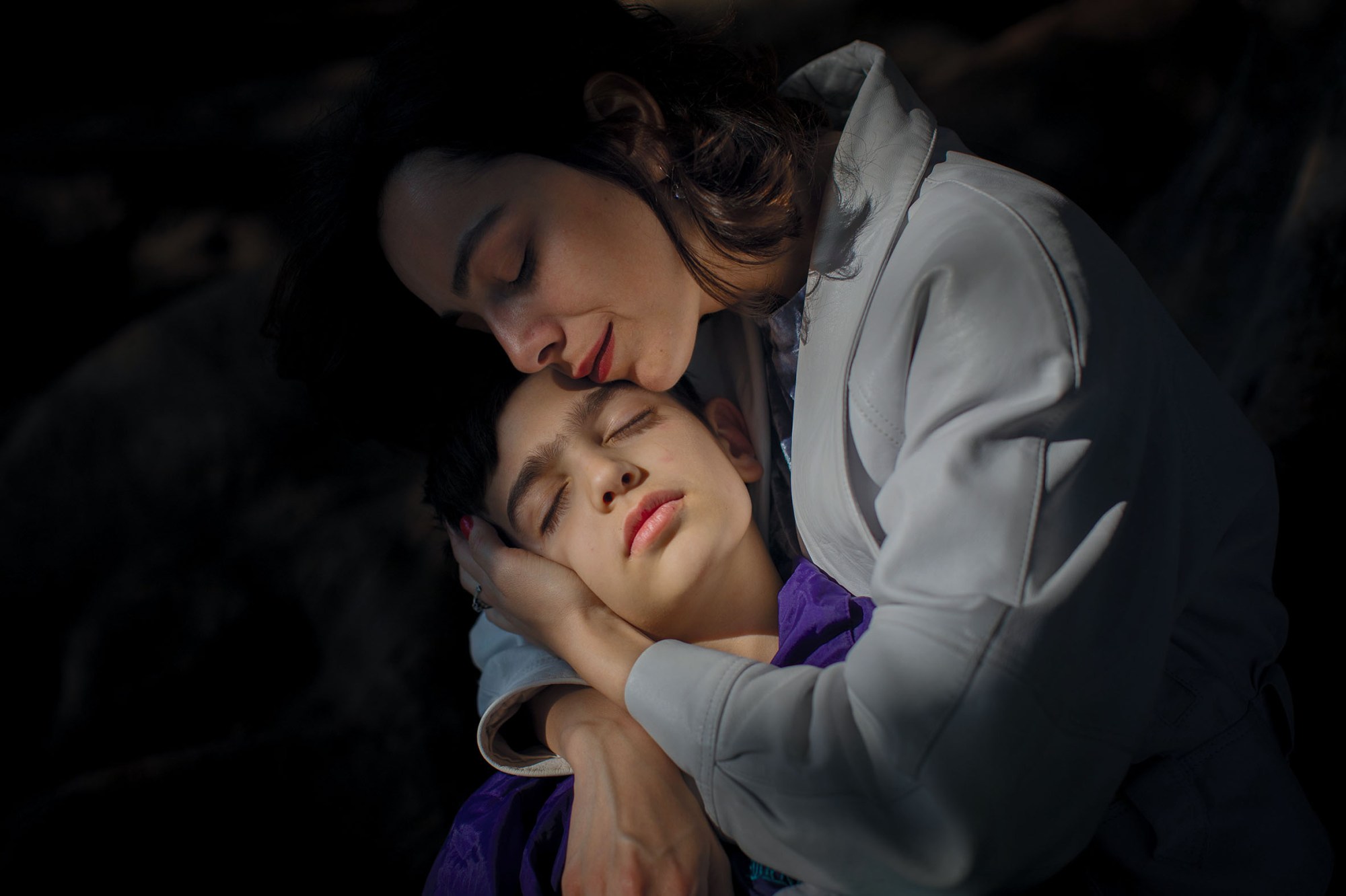
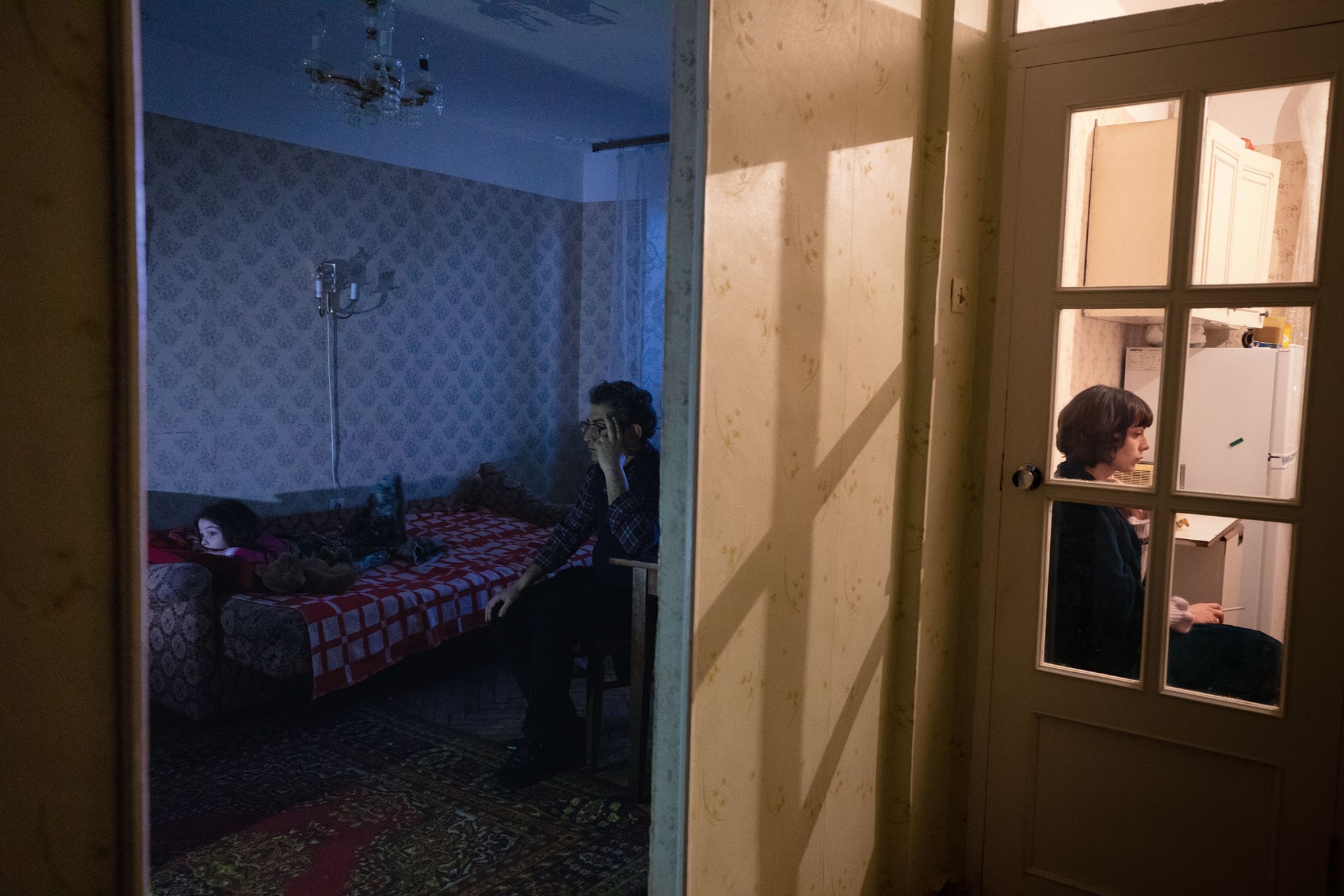
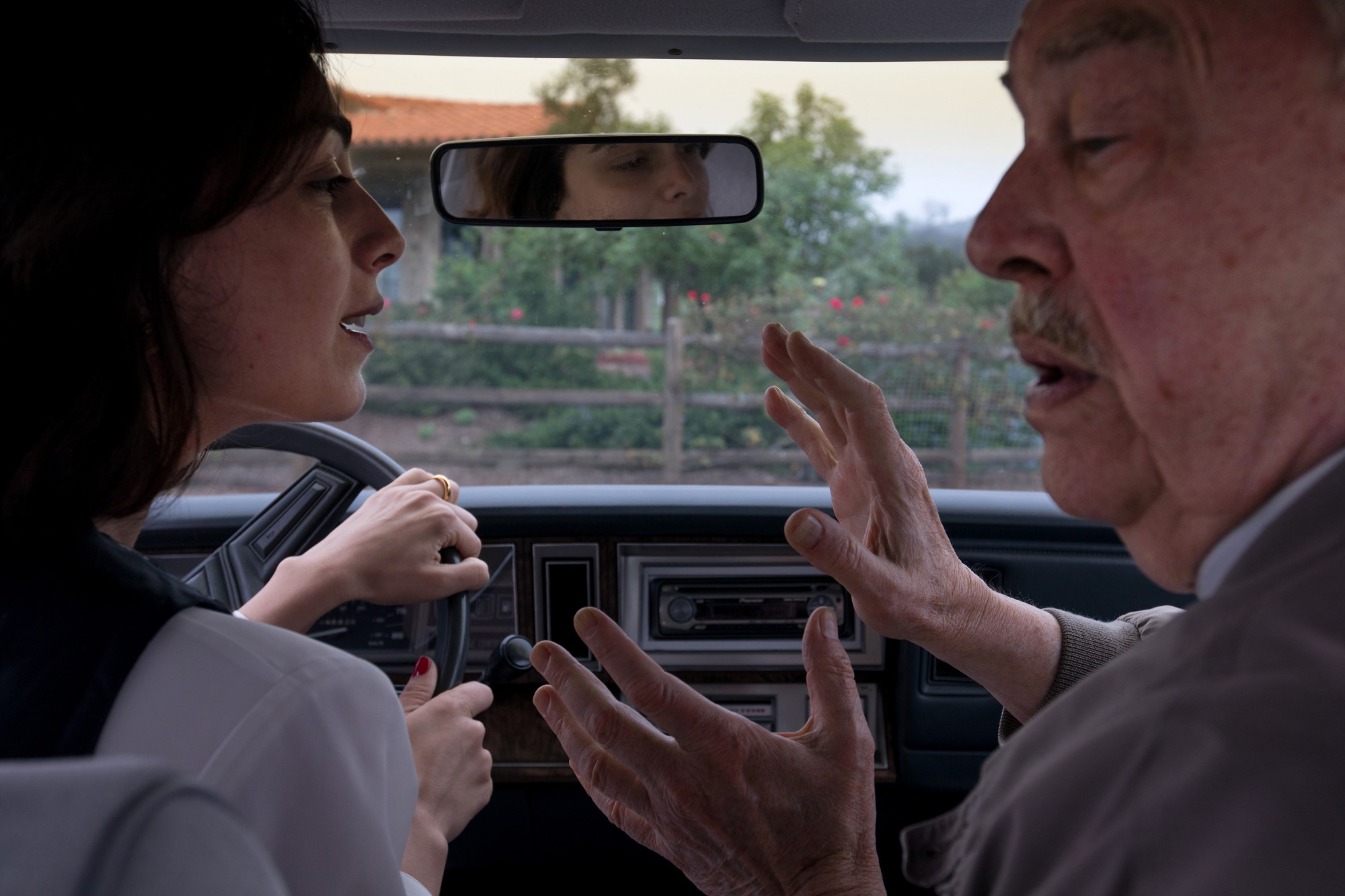

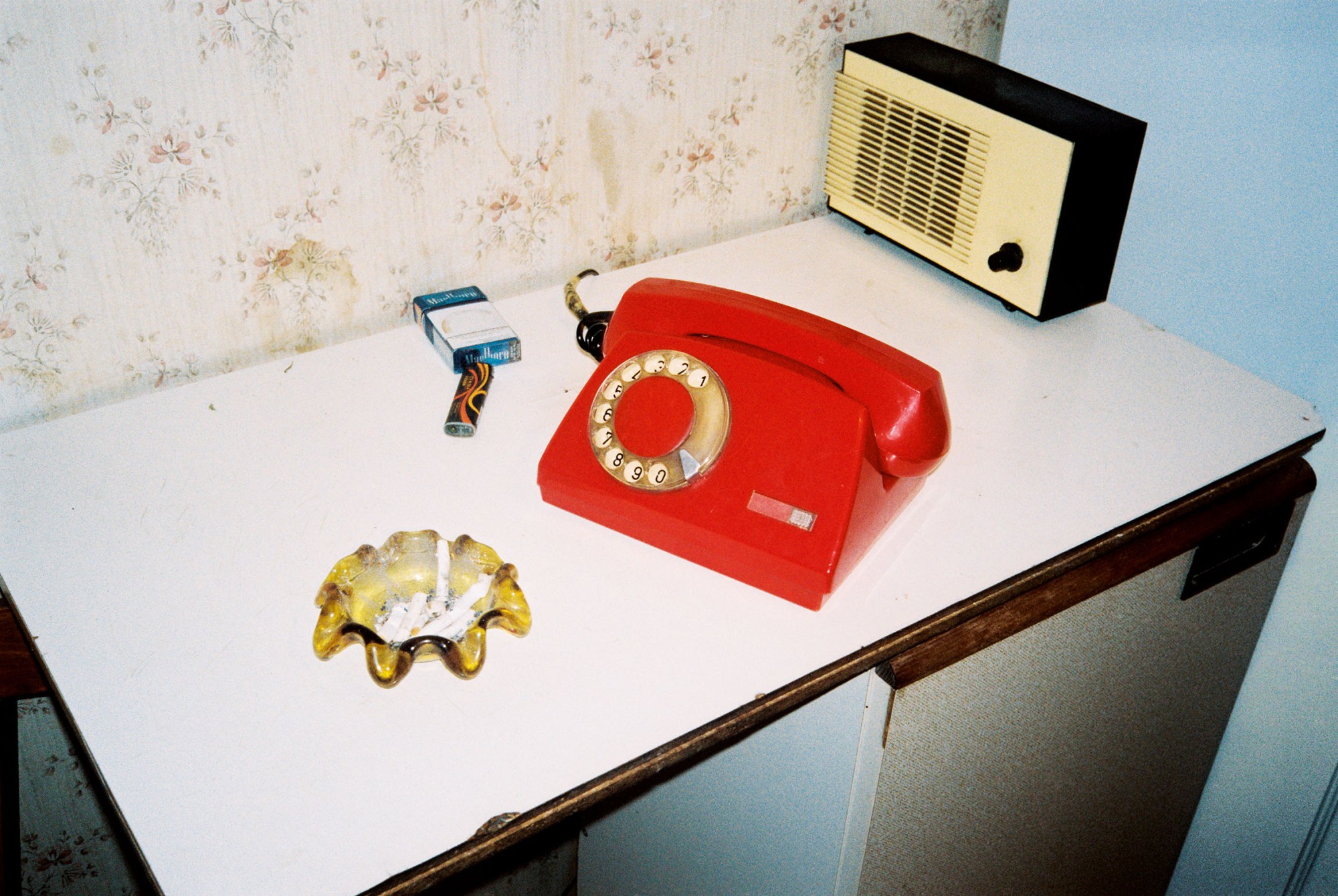
Credits
All images courtesy Diana Markosian and Aperture
